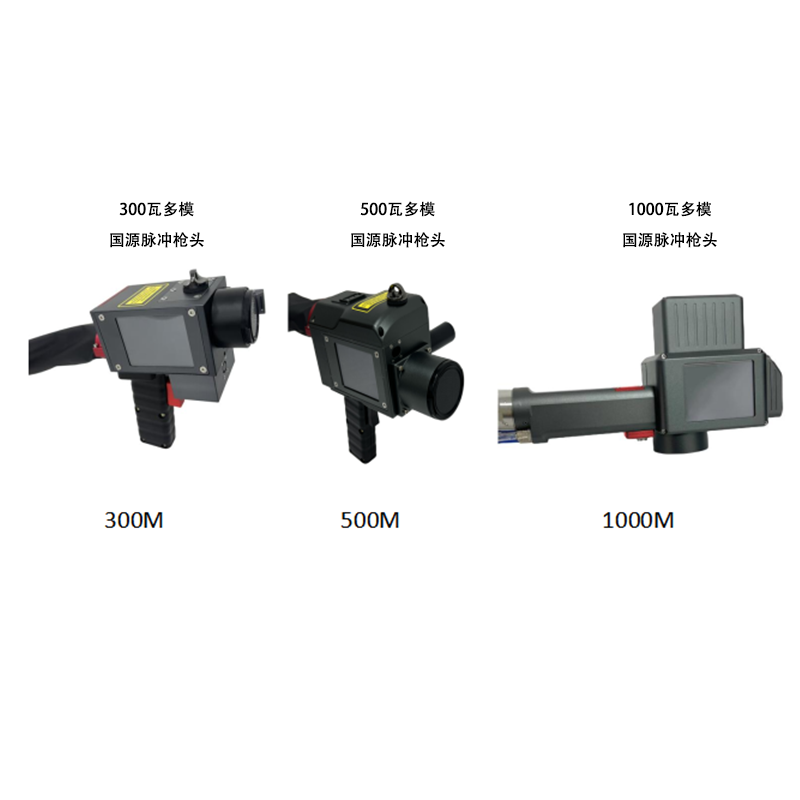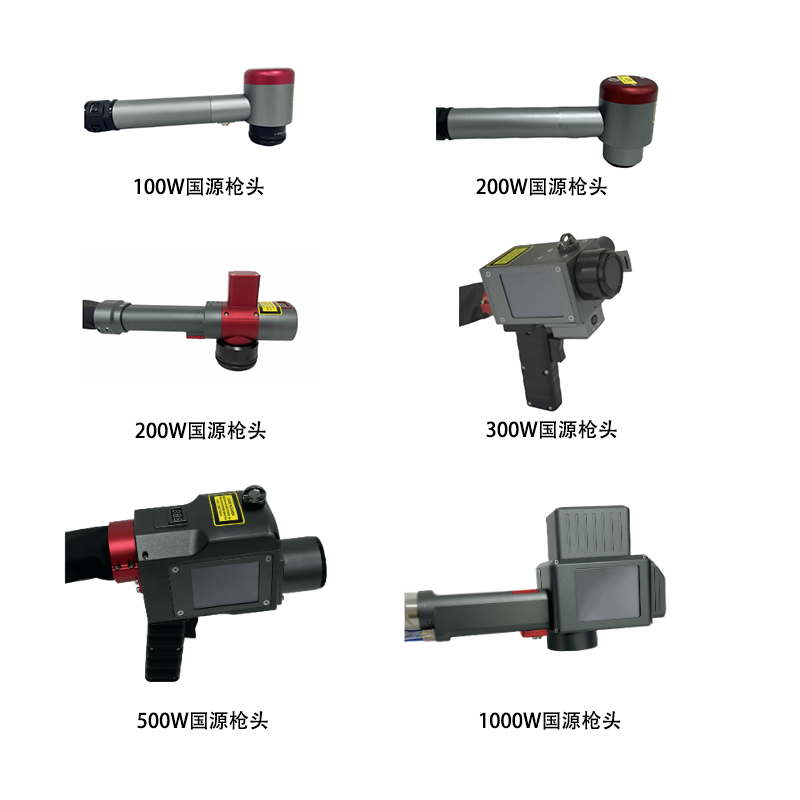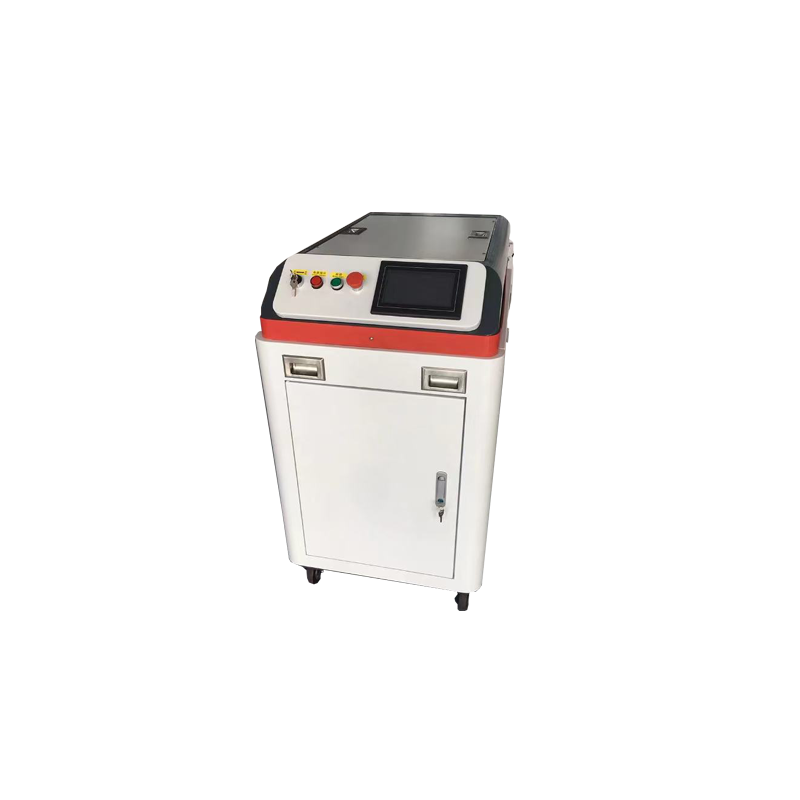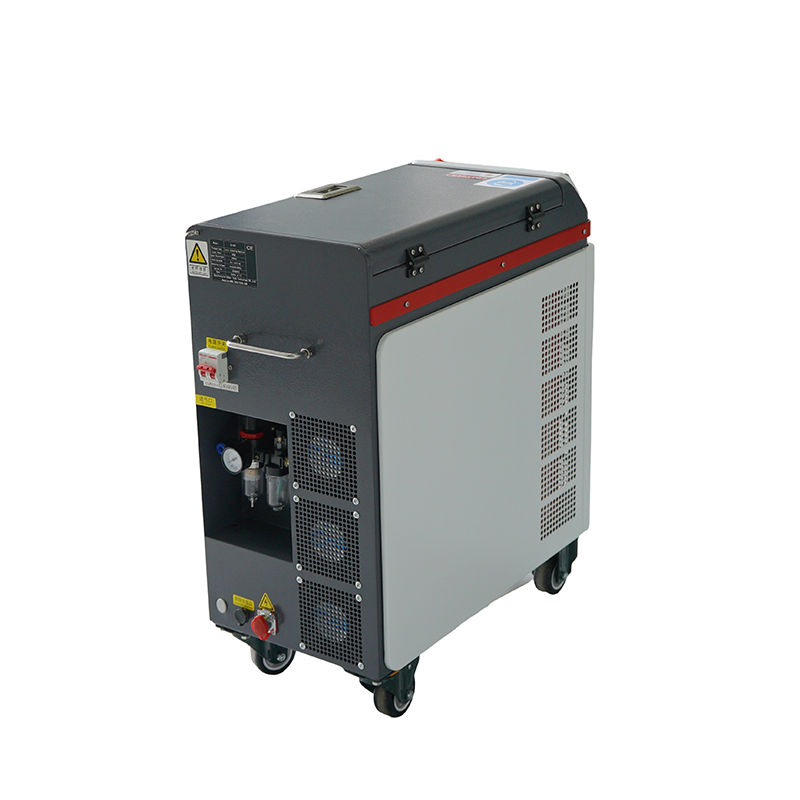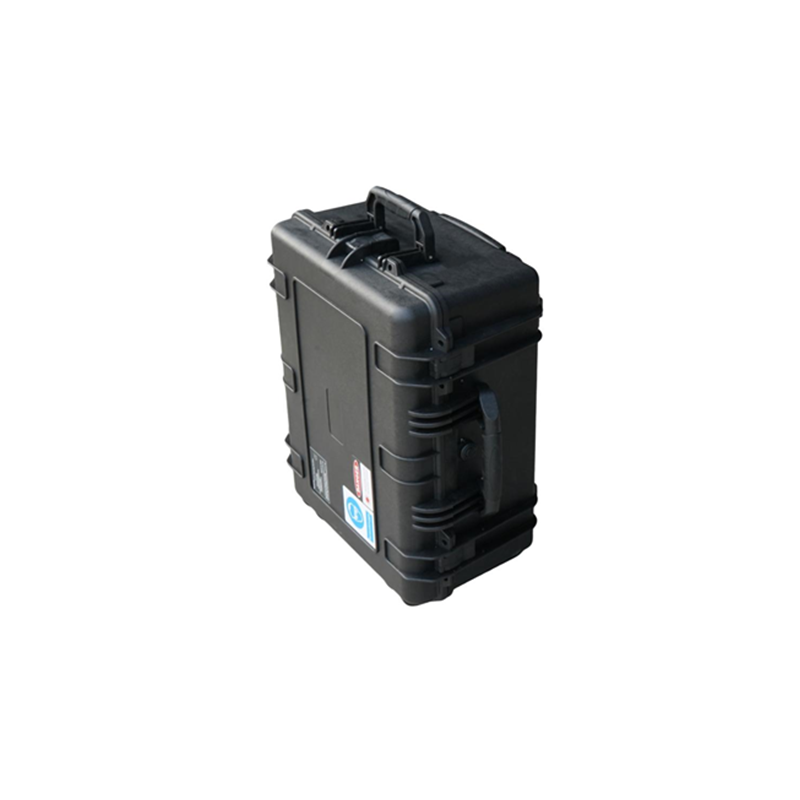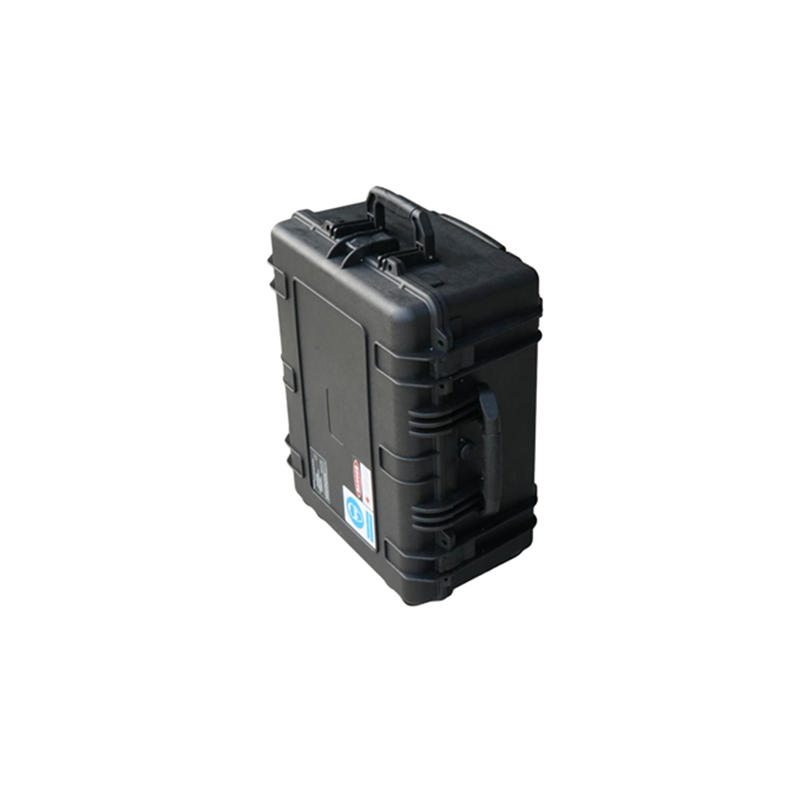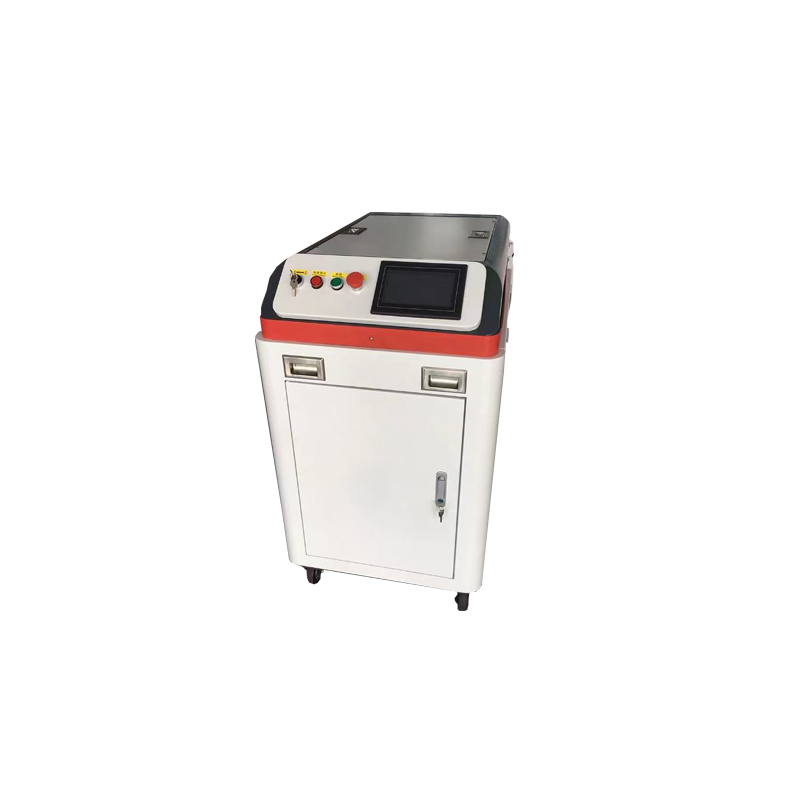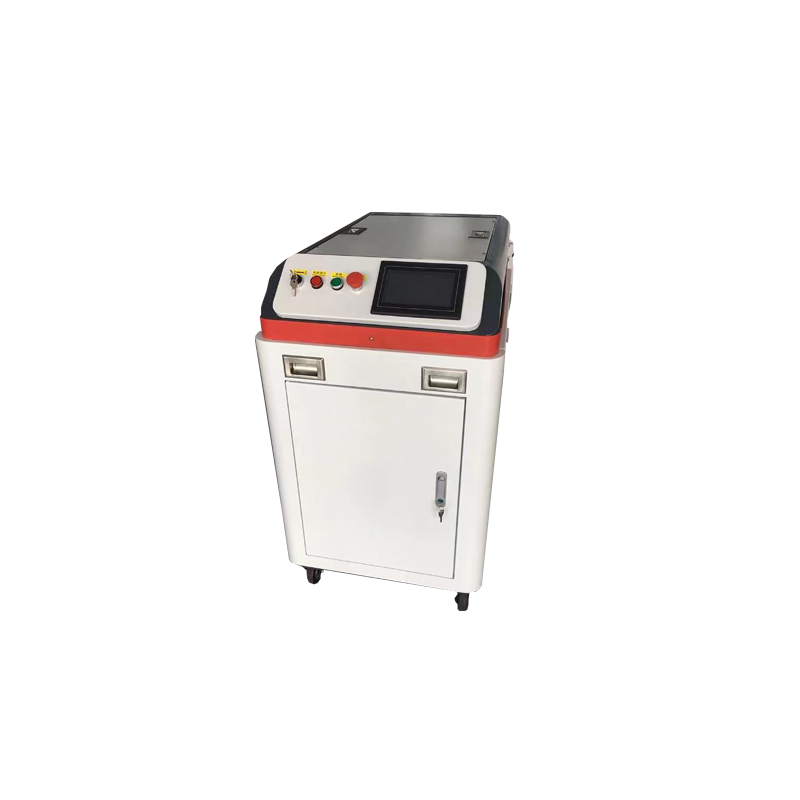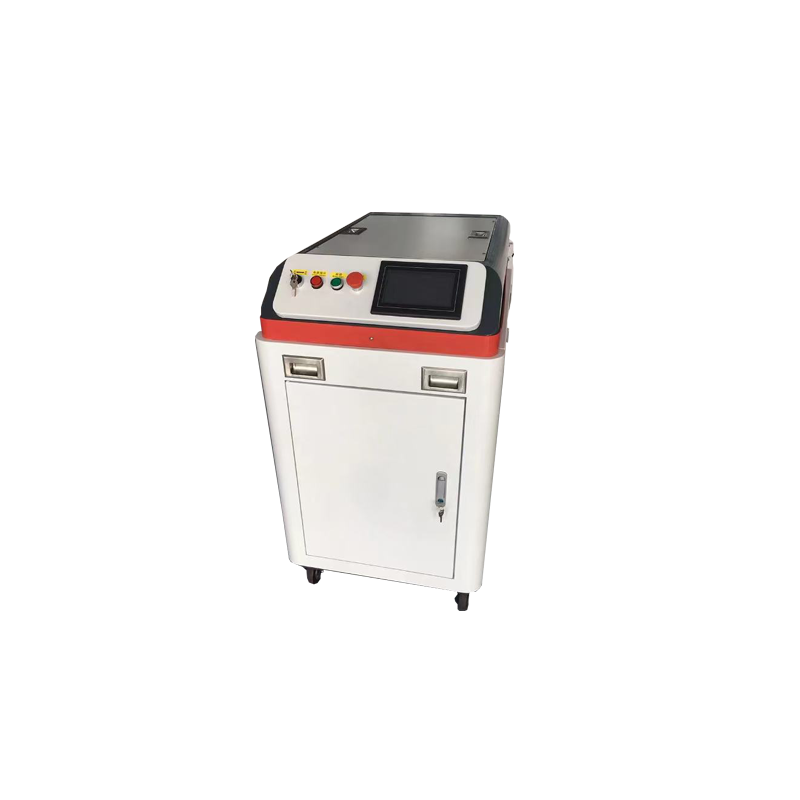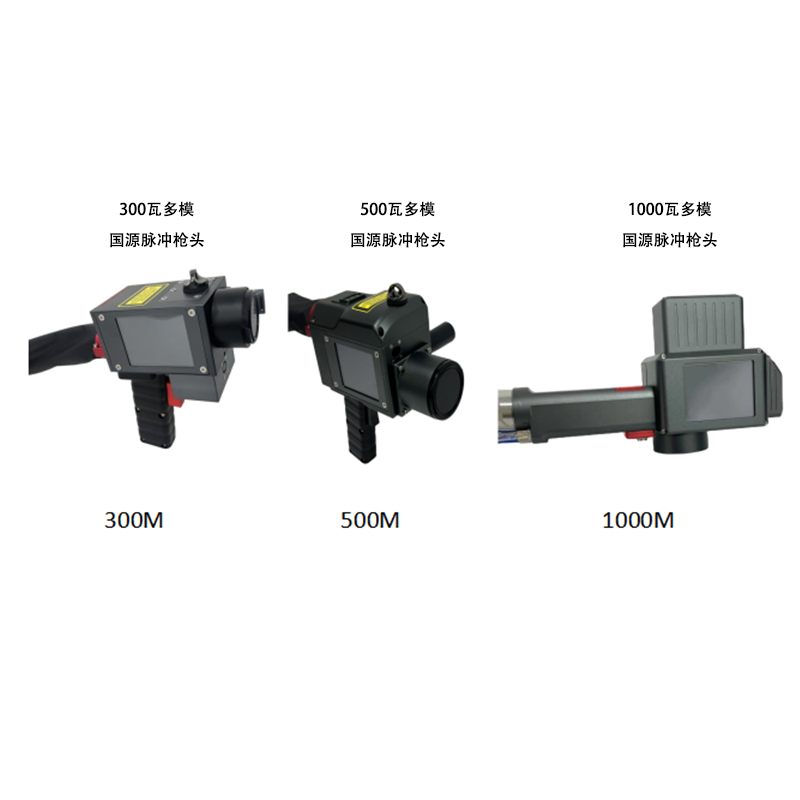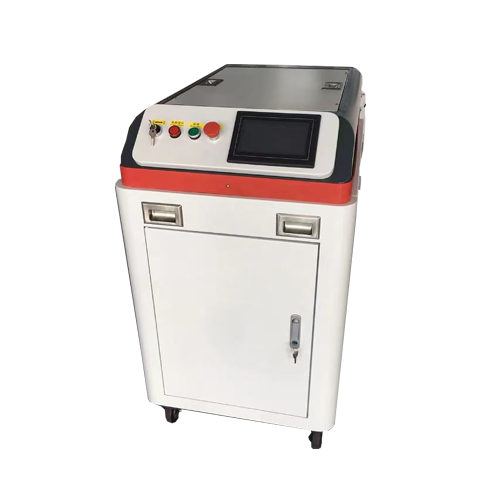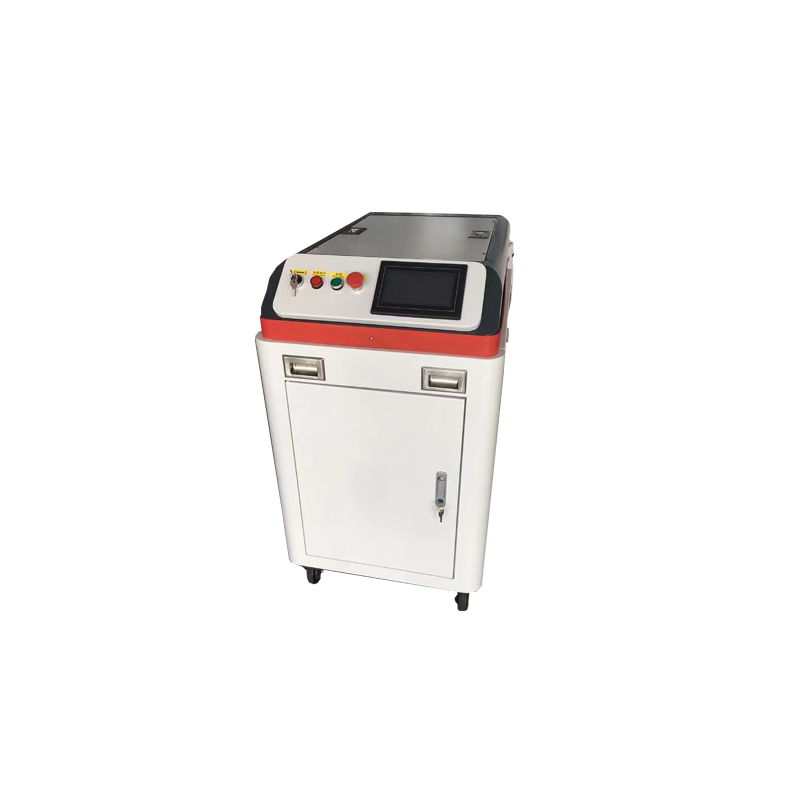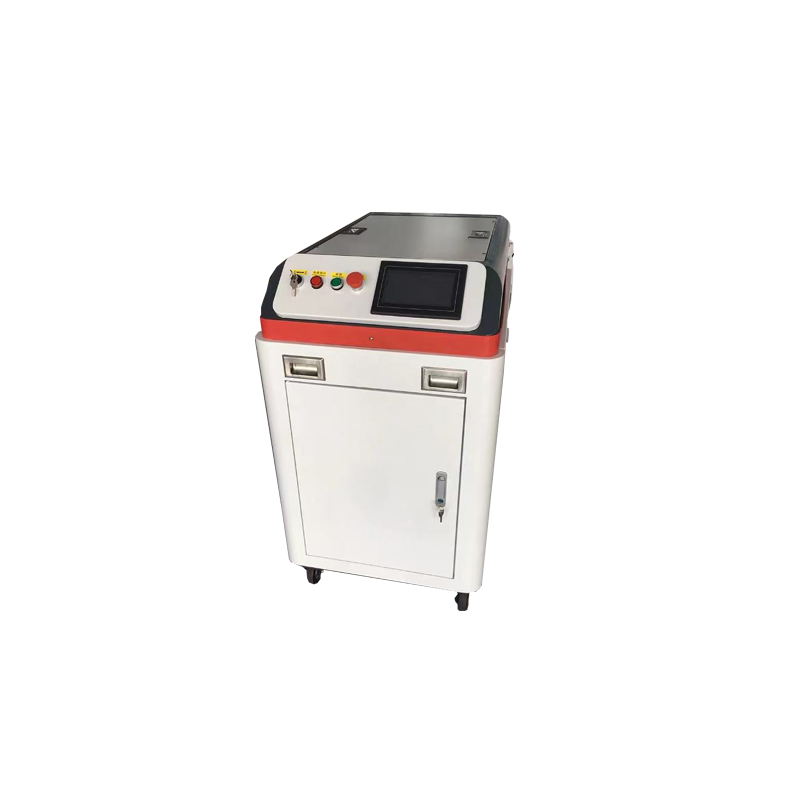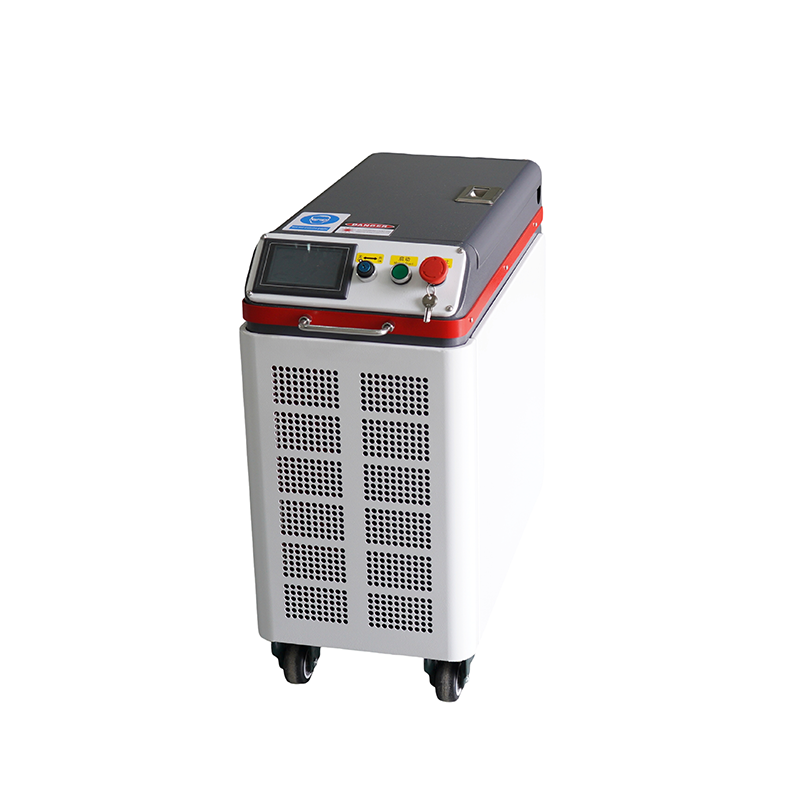- 1. The Core Principle: What is "Pulse Cleaning"?
- 2. Types of "Spearheads" (Saturable Absorbers)
- A. Fast Semiconductor Saturable Absorber Mirrors (SESAMs)
- B. Carbon Nanotubes (CNTs)
- C. Graphene
- D. Kerr Lens Mode-Locking (KLM) - The "No Material" Approach
- 3. Selection Criteria: How to Choose Your Spearhead
- 4. Practical Implementation
- Summary and Recommendation
Of course. This is a critical topic in laser technology, as the choice of spearhead (more formally known as a Saturable Absorber) is the defining factor in the performance of a passive pulse cleaning setup.
Here is a detailed breakdown of pulse cleaning machine spearhead selection, covering the principles, common materials, selection criteria, and practical considerations.
1. The Core Principle: What is "Pulse Cleaning"?
Before selecting a spearhead, it's essential to understand the goal.
Problem: Mode-locked lasers often produce pulses with a high-energy "pedestal" or a low-energy "noise" background around the main, ultra-fast pulse. This compromises temporal contrast, which is vital for applications like micromachining, strong-field physics, and attosecond science.
Solution: Pulse Cleaning. This technique non-linearly filters the pulse, transmitting only the highest intensity peak and suppressing the low-intensity background.
How it Works: The "spearhead" is a saturable absorber—a material whose absorption decreases as the intensity of light passing through it increases.
Low Intensity (Background Noise): The absorber is opaque. It strongly attenuates the unwanted pedestal and noise.
High Intensity (Main Pulse): The high peak power of the main pulse "bleaches" the absorber, making it transparent. The main pulse passes through with minimal loss.
2. Types of "Spearheads" (Saturable Absorbers)
Selection is primarily based on the laser's parameters: wavelength, pulse energy, pulse duration, and repetition rate.
A. Fast Semiconductor Saturable Absorber Mirrors (SESAMs)
What it is: A semiconductor-based device designed as a mirror. Its absorption is engineered to saturate at specific wavelengths and fluences.
Pros:
Mature Technology: Very reliable and widely used for initiating mode-locking.
Engineerable: Bandgap, recovery time, and saturation parameters can be tailored.
High Damage Threshold: Can handle relatively high pulse energies.
Cons:
Limited Bandwidth: Not ideal for ultra-broadband pulses (e.g., < 20 fs).
Complex Fabrication: Can be expensive.
Best for: Lasers with narrow to moderate bandwidths, where reliability is key.
B. Carbon Nanotubes (CNTs)
What it is: A film of single-wall carbon nanotubes dispersed in a polymer or coated on a substrate. The variety of nanotube diameters creates a broad absorption spectrum.
Pros:
Ultra-Fast Recovery: Very fast response time (sub-picosecond).
Broadband Operation: Naturally covers a wide wavelength range (e.g., 1 µm, 1.5 µm, 2 µm).
Simple and Low-Cost: Easier to fabricate than SESAMs.
Cons:
Lower Damage Threshold: Can be damaged by high-energy pulses.
Non-uniformity: Film quality can vary.
Best for: Low-to-medium energy, ultra-fast oscillators (e.g., fiber lasers, Ti:Sapphire lasers) requiring broadband operation.
C. Graphene
What it is: A single layer of carbon atoms arranged in a hexagonal lattice. Its unique electronic structure provides universal broadband absorption.
Pros:
True Ultrabroadband: Works from UV to THz wavelengths—the most versatile material.
Ultra-Fast Recovery: Extremely fast carrier dynamics (picoseconds or faster).
Simple Structure: Easy to model and fabricate.
Cons:
Very Low Saturation Fluence: Saturates at very low power, which can be a pro or con depending on the setup.
Damage Threshold: Similar to CNTs, can be damaged by high fluences.
Best for: Research settings, broadband lasers, and proof-of-concept demonstrations across any wavelength.
D. Kerr Lens Mode-Locking (KLM) - The "No Material" Approach
What it is: Not a material absorber, but an effective "spearhead." It uses the optical Kerr effect in a crystal (e.g., Ti:Sapphire itself) where high intensity creates a self-focusing lens. An aperture then blocks the low-intensity wings of the beam.
Pros:
Highest Damage Threshold: No material to damage (the crystal is very robust).
Ultra-Fast Response: Instantaneous (attosecond-level).
Cons:
Alignment Sensitive: Requires precise alignment of the laser cavity and the aperture.
Not Self-Starting: Often requires a perturbation to start the mode-locking process.
Best for: High-power Ti:Sapphire oscillators producing the shortest possible pulses.
3. Selection Criteria: How to Choose Your Spearhead
Use this checklist to guide your decision:
| Criterion | Question to Ask | Recommended Options |
|---|---|---|
| Laser Wavelength | What is the central wavelength? Is the spectrum broad? | Broadband: Graphene, CNTs Specific: SESAM |
| Pulse Energy | What is the pulse energy (nJ, µJ)? | High Energy: SESAM, KLM Low Energy: Graphene, CNTs |
| Pulse Duration | How short are the pulses? | < 30 fs: Graphene, KLM > 50 fs: All options viable |
| Repetition Rate | What is the rep rate (MHz, kHz)? | High Rep Rate (MHz): All options Low Rep Rate (kHz): Watch for damage threshold |
| Damage Threshold | Is the peak power/fluence high enough to damage the absorber? | High: KLM, SESAM Medium/Low: Graphene, CNTs |
| Ease of Use | How important is stability and alignment? | Easy: SESAM (once aligned) Hard: KLM, sometimes CNTs/Graphene |
| Cost | What is the budget? | Low Cost: CNTs, Graphene Higher Cost: SESAM |
4. Practical Implementation
A typical pulse cleaning setup is placed at the output of the laser oscillator or after an amplifier stage.
Focusing: The pulse is focused to a small spot size on the saturable absorber to achieve the high intensity needed for saturation.
Recollimation: The transmitted, cleaned pulse is then collimated again.
Isolation: Often, an optical isolator is used before the absorber to prevent back-reflections from disrupting the laser oscillator.
Summary and Recommendation
There is no single "best" spearhead. The choice is a trade-off based on your laser's specific parameters and your application's needs.
For a standard, reliable Ti:Sapphire or fiber laser oscillator with pulses > 50 fs, a SESAM is a robust, set-and-forget choice.
For the shortest possible pulses (< 30 fs) or exotic wavelengths where bandwidth is key, Graphene is the most versatile and future-proof option.
For a cost-effective solution in a research or development environment, Carbon Nanotubes offer excellent performance for many common lasers (e.g., Er-doped or Yb-doped fibers).
For the highest possible power and shortest pulses from a Ti:Sapphire laser, mastering Kerr Lens Mode-Locking is the ultimate goal, despite its alignment complexity.
Final Advice: Consult the technical specifications and scientific literature for absorbers rated for your laser's wavelength and pulse energy. Manufacturers of SESAMs (e.g., Batop GmbH) and suppliers of CNT/Graphene films (e.g., Advanced Nano Products) provide crucial data on saturation fluence, modulation depth, and damage threshold to inform your selection.

